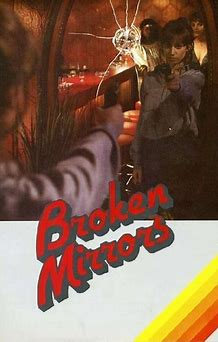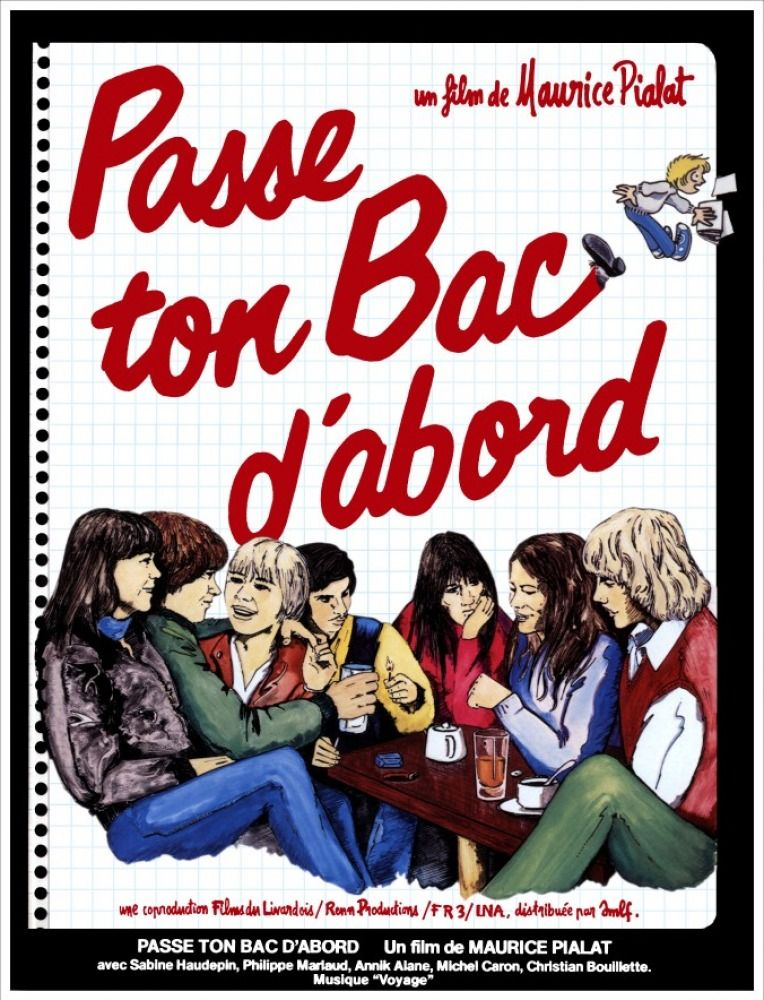The basic premise of Waris Hussein’s The Possession of
Joel Delaney – a sadistic killer’s spirit occupying another man’s body –
seems pretty old-hat now, but the film is unexpectedly distinctive in a variety of ways. Well-to-do Manhattan divorcee Norah Benson (Shirley MacLaine in an
intriguingly uncharacteristic role) struggles to deal with her younger brother
Joel Delaney’s erratic behaviour, from randomly attacking a man in his building
and subsequently remembering nothing of it, to weird outbursts of childlike exuberance;
she discovers that Joel’s now-dead closest friend was a serial killer, the dead
man’s mother claiming that her son's malign spirit now occupies Joel’s
body (the theme of unstable psychic boundaries extends to initially teasing us
to read Norah and Joel as lovers rather than siblings, with several subsequent
intimations of excessive closeness). The film’s depiction of an attempted
exorcism is quite unnerving in its sheer assault on the senses, although that’s
in part at the questionable cost of depicting New York’s Puerto Rican community
as entirely and scarily other, an impression bolstered by subsequent scenes in
which Norah finds the unfamiliar streets of Spanish Harlem too much to bear,
all but throwing money at an off-duty cab driver to get her out of there. On
the other hand, the initial portrayal of her entitled life (for example,
lounging in bed as she deluges her put-upon housekeeper with instructions and
demands) suggests an under-examined decadence complacently making itself
vulnerable to malign infiltration. The film’s ending – while showing some signs
of truncation, with Michael Hordern’s prominently billed analyst character
amounting to nothing, and a few key events taking place off-screen – is again
more raw and transgressive and palpably threatening than one might have anticipated;
the final twist isn’t so shocking in genre terms, but certainly gains something
from, well, from being built around Shirley MacLaine.















